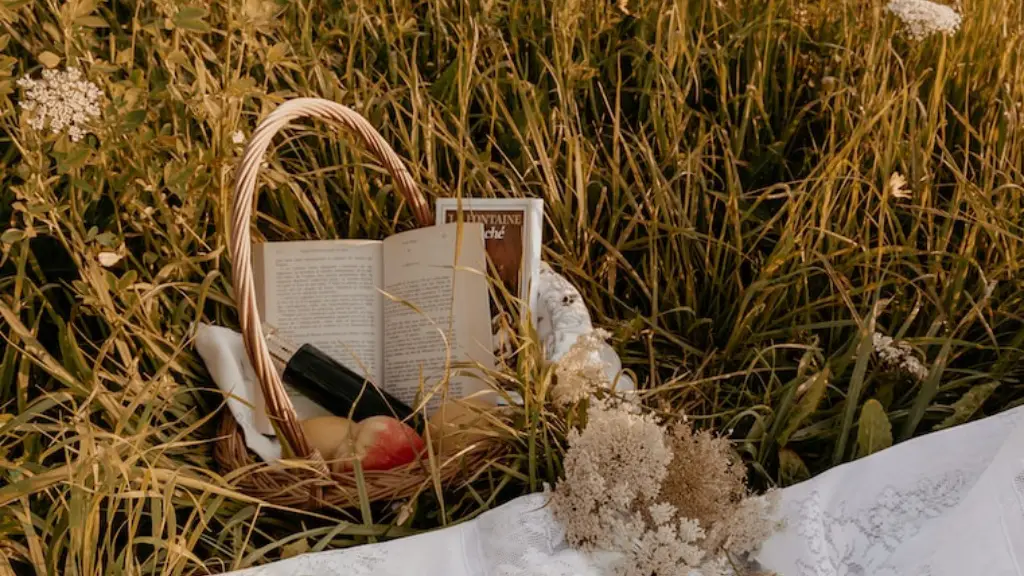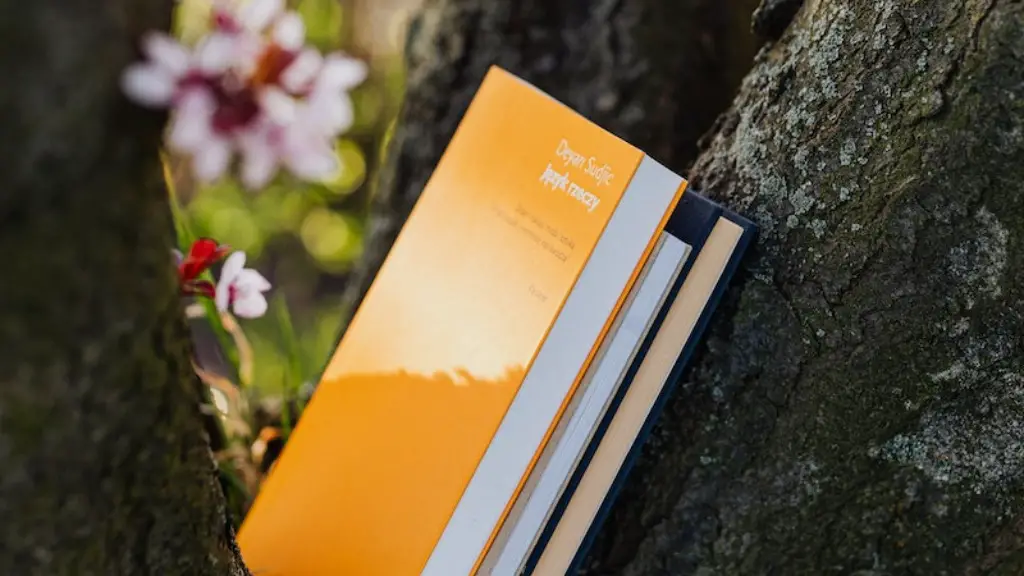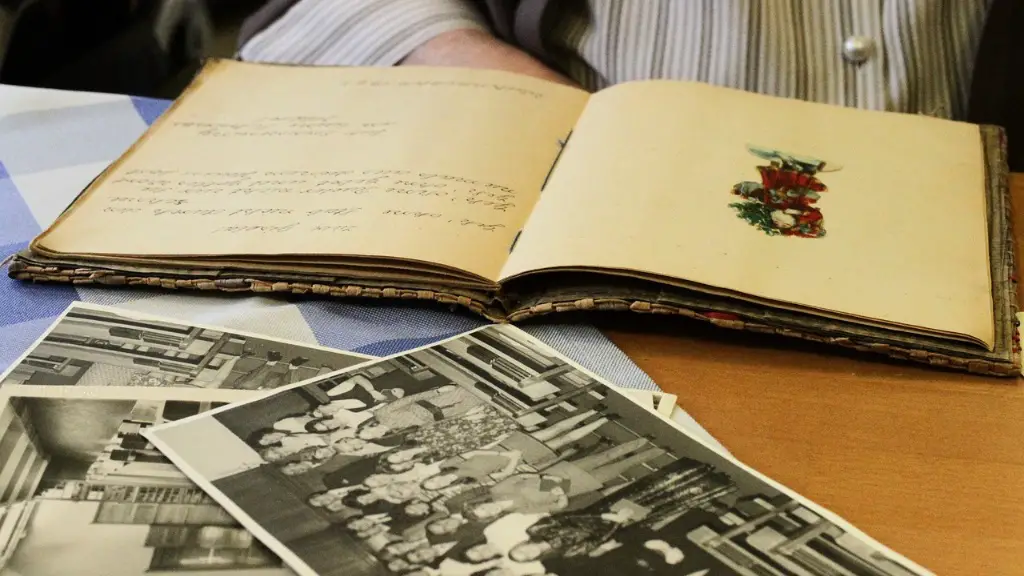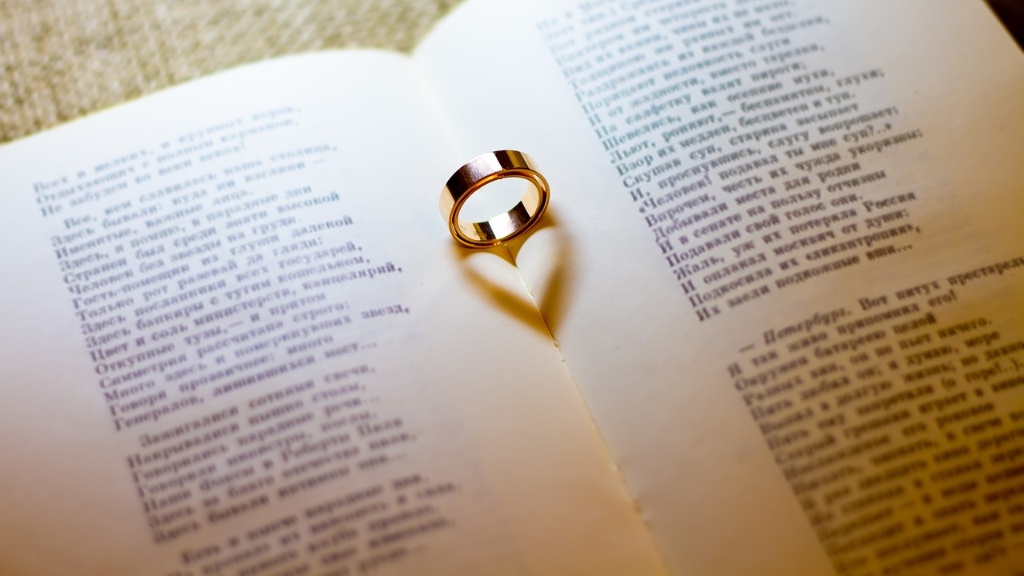What are the Ten Types of Poetry
Poetry has helped define the beauty of language for centuries and today remains one of the most enjoyed and beloved forms of written art. But even within the genre of poetry there are a variety of different types, each with its own distinct style, form, and conventions.
If you’re interested in poetry, it’s important to understand the differences between the different types of poetry so that you can better enjoy and appreciate different works. Here are the ten most common types of poetry and what makes them unique.
1. Haiku
Haiku is a Japanese form of poetry that is composed of three lines. The first and last line contain five syllables while the middle line contains seven syllables. Haiku poetry is often written as short, pithy poems that focus on a single image and convey a single emotion. Haiku are inspired by nature and reflections on the world around us and are typically characterized by simplicity and directness of expression.
2. Limerick
Limerick is a type of poem that is often humorous and lighthearted. Limericks were popularized by the English poet Edward Lear and are written in a five-line anapestic meter with a strict rhyme scheme of AABBA. Limericks focus on making people laugh and are often bawdy, silly, or nonsensical to emphasize the humor that is inherent in the poem.
3. Sonnet
Sonnets are perhaps the most iconic form of poetry and are one of the most difficult forms to master. The traditional form of the sonnet is composed of 14 lines in iambic pentameter and follows the rhyme scheme of ABAB CDCD EFEF GG. Sonnets often focus on love and other strong emotions and are characterized by their concise and contained style.
4. Villanelle
Villanelles are another difficult form of poetry that require a great deal of skill and expertise to perfect. Villanelles are composed of 19 lines in six stanzas and follow the rhyme scheme A1bA2 abA1 abA2 abA1 abA2 abA1A2. Villanelles are often incredibly complex and their intricate structure and patterns are designed to create a strong and compelling lyrical effect.
5. Free Verse
Free Verse is a form of poetry that does not adhere to a specific meter or rhyme scheme. Free Verse poetry is often considered the most modern and contemporary type of poetry and is often characterized by its use of more relaxed language and expression to explore its themes. Free Verse poetry is rarely fixed to a specific structure, making it one of the most flexible forms of poetry.
6. Ode
Odes are often considered one of the most traditional, formal types of poetry. Odes are typically longer poems and are written to honor or praise a person or event. Odes often contain complex language and are composed of a variety of poetic elements such as meter, structure, and rhyme. Odes also typically employ heightened imagery and word choice to emphasize the emotion of the poem.
7. Elegy
An elegy is a type of poem that is written in memory of someone who has died. Elegies often contain a mixture of sorrow, regret, and reflection, and the topics addressed in the poem often include accepting death, mourning, honoring the deceased, and coming to terms with loss.
8. Haibun
Haibun is a type of poetry that originates from Japan and is composed of two distinct sections: prose and haiku. Haibun combines elements of both prose and poetry to tell a short story or depict a moment in time. The prose section of the Haibun typically contains a story or narrative that is interspersed with haiku, creating an interesting and unique style of poetry.
9. Acrostic Poetry
Acrostic poetry is a type of poem in which the first letter of each line is arranged to spell out a word, phrase, or pattern. Acrostic poetry often acts as a mnemonic device and can be used to convey powerful messages in a very concise and impactful way.
10. Narrative Poetry
Narrative poetry is a type of poetry that tells a story. Narrative poetry often contains concrete details and recounts real or imagined events as if they were happening in real time. Narrative poetry often contains rich descriptions, imagery, and characterization, and can be used to convey complex messages or make powerful statements.
Grammar and Poetry
Grammar is an essential element in all types of poetry. Grammar helps to make sure that the poem has structure and flow and makes the poem easier for a reader to follow. Different types of poetry have different grammar conventions and rules. While some types of poetry rely heavily on formal grammar conventions and structures, other types of poetry rely more heavily on the use of imagination and ambiguity in the construction of the poem.
It is important for a poet to be aware of grammar rules and conventions and to learn how to use them when writing a poem. Knowing the rules of grammar can allow a poet to use language more effectively, allowing them to create more interesting and complex poems.
It is also important for poets to be aware of how language and grammar conventions can impact the meaning of a poem. Depending on the context and language used in a passage or line, a word can have different meanings. For example, a word that was written in the past tense can be changed to the present tense to suggest a different emotion, or to provide further insight into the feelings and intentions of the speaker. By being aware of the meanings of different words and the subtleties and nuances of language, poets can create powerful, evocative poems.
Themes and Poetry
An important part of all types of poetry is in the choice of themes and topics that a poet chooses to explore. Different types of poetry often have different themes and topics that are commonly explored and addressed. Different types of poetry often focus on different topics and explore different emotional states, such as joy, sadness, anger, and love.
When writing poetry, it is important to be aware of the types of themes and topics that are commonly addressed in different types of poetry. Doing so can help poets choose the types of themes and topics that are most appropriate for the type of poem that they are writing. Additionally, being aware of the commonly addressed themes and topics can help a poet to draw upon the experiences and feelings of others, helping to create a poet that resonates with readers.
The Power of Poetry
Poetry has a rich tradition and history, having been used to explore and express emotions, communicate messages, and tell stories for centuries. It is renowned for its power to evoke emotion, which is why it has been so enduringly popular since its inception.
The power of poetry lies in its ability to communicate powerful messages and ideas in a concise and accessible way. Poetry can be used to tell stories, express emotions, and explore difficult topics in a concise and accessible way. Furthermore, poetry can be used to evoke powerful emotions and to create an impactful and lasting effect on the reader.
The power of poetry lies in its creativity and accessibility. Poetry is an incredibly versatile art form that can be used to explore a vast range of topics and to communicate powerful messages in a simple and accessible way. By understanding the different types of poetry, poets can better explore and understand the impactful power of poetry.
Writing Poetry
Though there are different types of poetry, the fundamentals of writing poetry remain the same. Good poets need to understand the basics of grammar and language, practice creative writing, and have a keen eye for detail. Additionally, it is important for poets to explore different styles of poetry, as each has its own conventions and rules.
In order to write effectively, poets must be willing to read widely and practice often. In addition to reading, poets should also find ways to express their creativity and ideas, such as writing in a journal, keeping a notebook, or sketching ideas. These activities can help poets hone their craft and become better writers.
Writing poetry does not have to be difficult and can be an incredibly rewarding and enjoyable activity. By understanding the different types of poetry, reading and writing regularly, and exploring and experimenting with different themes and styles, poets can hone their craft and create powerful and impactful poetry.





